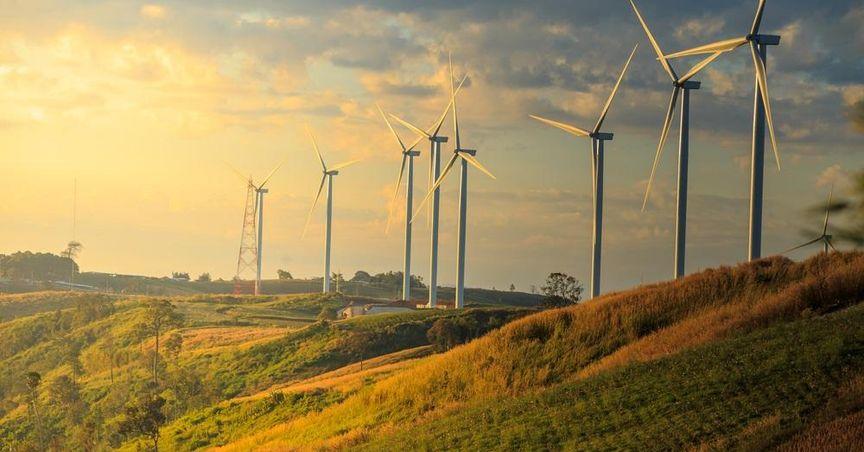Highlights
Revenue growth driven by higher customer charges across the financial year
Total debt load increased significantly to support infrastructure development
Company faced a rise in pollution events despite lower severe incidents
Anglian Water, operating under the ticker (LON:AWG), is part of the utilities sector and serves customers across the east of England. The company, which does not trade publicly but remains a major constituent of industry discussions under broader UK water utilities, falls within the scope of the FTSE industry narrative due to its critical infrastructure role.
Revenue Growth Supported by Price Adjustments
The firm posted an increase in yearly revenue, attributed to upward pricing adjustments implemented during the reporting period ending in late March. These adjustments contributed to improved top-line performance, marking another year of financial growth. The higher revenue coincided with changes to household water bills, following regulatory frameworks that allow for inflation-related modifications.
Performance Strengthens on Operational Gains
Anglian Water reported a rise in operating over the same financial year. This growth came alongside its revenue increase, suggesting a positive shift in operational efficiencies or margin management. While expenses related to infrastructure may have exerted pressure, the company maintained momentum amid evolving service demands.
Debt Climbs to Fund Capital Investment
Total debt levels expanded during the year, with proceeds earmarked for infrastructure enhancements and resource improvements. The debt increase played a central role in enabling over a billion in annual capital outflows toward modernising facilities and enhancing service coverage. Anglian’s balance sheet reflects these large-scale investments, demonstrating its ongoing commitment to infrastructure resilience.
Increase in Pollution Events Reported
Anglian Water acknowledged a rise in pollution incidents during the year. While serious pollution events declined, the overall increase indicates challenges in operational oversight or system resilience. This development comes in the wake of enhanced environmental scrutiny and regulatory expectations from UK water bodies and local agencies.
Leakage Rates Below Internal Targets
The company's leakage performance came in under target, highlighting operational inefficiencies in water conservation. Leakage remains a critical metric in the sector, particularly as regulatory bodies assess performance outcomes tied to environmental impact and long-term sustainability.
Customer Bills Set to Rise Further
In addition to previously implemented increases, household water charges are expected to rise again in the current financial year. These price adjustments, according to the company's planning framework, are designed to support long-term goals tied to infrastructure and service delivery standards. The updated billing structures form part of the company's broader AMP8 roadmap.
Ownership Structure and Regulatory Background
Anglian Water remains privately held, with a stakeholder base comprising pension funds and institutional investment firms. Despite private ownership, the firm remains under the regulatory purview of Ofwat and the Environment Agency, with transparency and compliance monitored closely due to its role in essential public service.
Environmental Penalties Highlight Quality Issues
The company faced a record financial penalty during the period for drinking water issues affecting a significant portion of its customer base. This development marked one of the most notable enforcement actions of the year and further underscored the scrutiny surrounding water quality and customer safety.
Strategic Direction and Management Commentary
According to leadership, the past year marked a transition phase with a focus on setting foundational improvements under the upcoming AMP8 planning cycle. The management team pointed to a strategic roadmap that aims to balance stakeholder expectations, regulatory compliance, and environmental responsibilities. The outlook remains centered on long-term service quality and infrastructure robustness.





